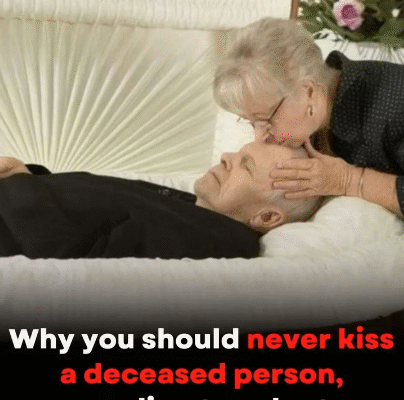A Final Kiss: A Risk Worth Taking? What You Need to Know
A goodbye kiss can feel sacred—an instinctive, deeply human gesture of love and loss. But in some cases, that intimate farewell may carry hidden risks.
Dr. Viktor Ivanovik, a Moldovan physician known for his viral TikTok health insights, recently ignited widespread conversation after issuing a surprising warning: avoid kissing the deceased, especially when the cause of death involves an infectious disease. His message was simple but powerful—sometimes, love is safest from a distance.
While rare, certain infections can still be transmitted after death. Diseases like tuberculosis, hepatitis B and C, and even some hemorrhagic fevers may remain active in the body’s fluids or tissues for a period of time. That’s why health experts urge caution, particularly during outbreaks or when the exact cause of death is unknown.
Cultural customs that involve touching, kissing, or holding the deceased are deeply meaningful, but they may need to be adapted—not out of fear, but out of love for those still living. Protecting others doesn’t lessen your grief; it honors it with compassion and care.
If you’re unsure whether contact is safe, medical professionals and funeral directors are your best guides. They can help families grieve meaningfully while preserving everyone’s well-being.
There are still beautiful ways to say goodbye without physical contact. Placing a heartfelt letter, offering a flower, lighting a candle, or simply being present can offer profound emotional closure. These symbolic acts speak volumes—and they carry no risk.
In the end, it’s not a final touch that defines your farewell. It’s the lifelong love, the memories, and the quiet strength of moving forward that truly honor those we’ve lost. Love doesn’t need to be proven through touch—it lives on in how we remember, how we care, and how we continue.



